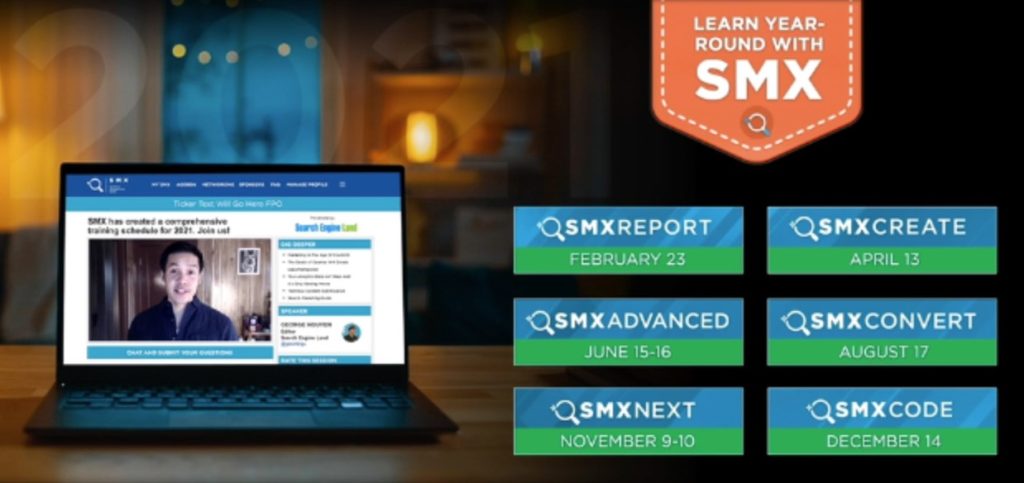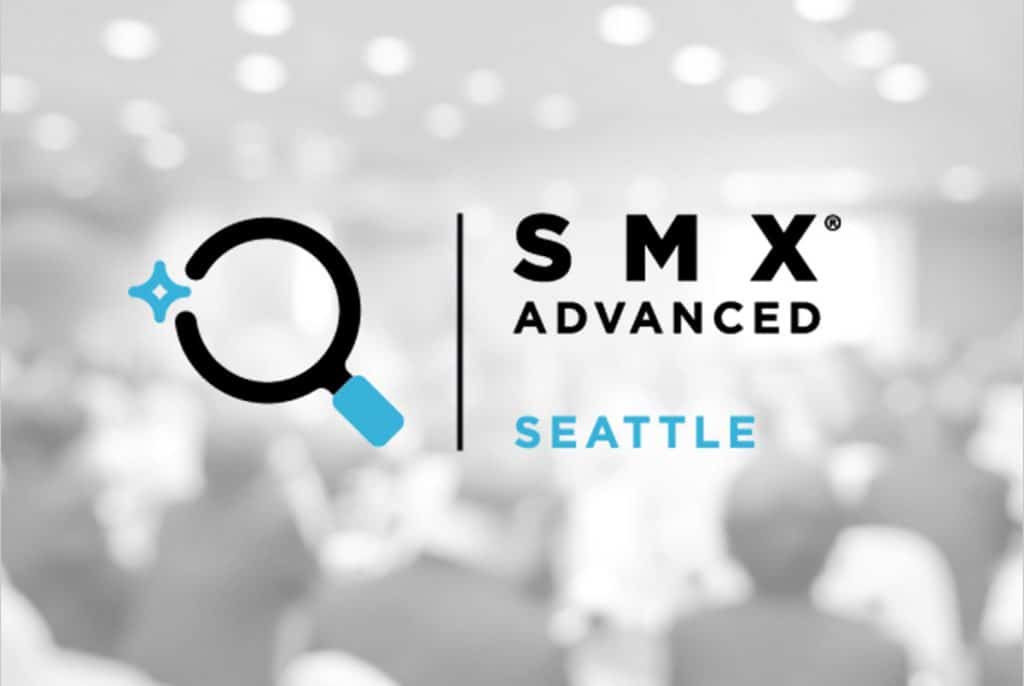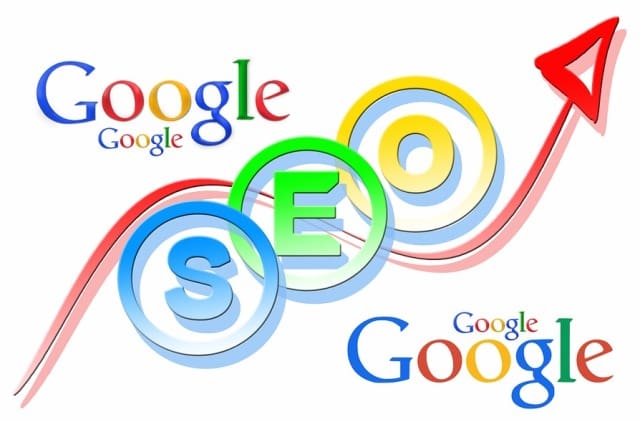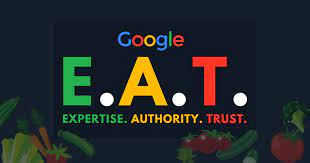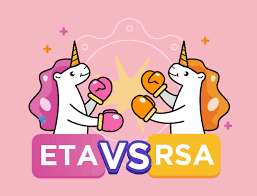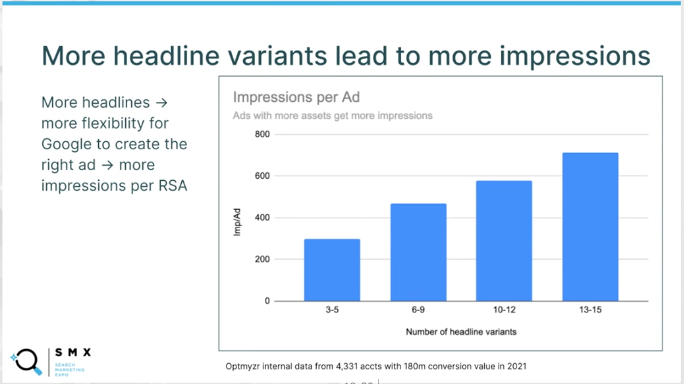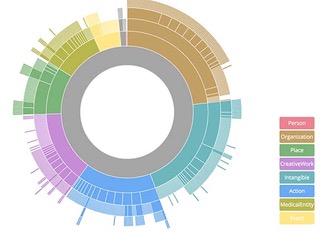Seattle has been home to the annual Search Marketing Expo (SMX) Advanced symposium since 2007. Among the many industry milestones that have been lauded inside the Bell Harbor Convention Center on the Seattle waterfront was the launch of the Bing search engine in 2009, led at the time by a young Microsoft manager by the name of Satya Nadella.
This year’s expo surpassed another milestone— the first search conference of its kind to be streamed entirely free to the global search marketing community. The event maintained its virtual presence for the third year in a row as a live, interactive Web stream over two full days.
The syllabus for 2022 included the sunsetting of Google’s long-standing Extended Text Search Ads (ETAs) in favor of the new RSA, Responsive Search Ad, format; the coronation of the new era of Schematic search data and the tools to weaponize schematic Web page markup, (aka semantic search software); the introduction of new Audience Targeting techniques, and a “Back to Basics” review of search marketing fundamentals in an age when search ad copy could just as easily have been written by GPT-3 software using artificial intelligence (see below).
Here is our recap of the most salient SEO and SEM developments announced at SMX Advanced 2022.
The Basics
Why It’s important to Show up on the First Page of Search Results
- 90% of Web pages get zero traffic
- 50% of clicks go the first three search results
- 5% of searchers click on page 2 results
Top Ways to Rank on Page 1 of Google Search Results
Go All In on Content
Organizations that use content-marketing convert 6 times more leads than those that don’t. (Aberdeen). Length is important — long-form articles of 3,000+ words receive 3 times the traffic as shorter text versions.
Focus on Mobile First Design
55%+ of all search traffic comes from mobile devices. Websites need to be mobile-friendly, optimized, and responsive. Everything needs to be accessible via any sized screen, including buttons and menus.
Optimize the User Experience
Use Google’s Core Web Vitals to improve page speed score and start getting more organic traffic to your pages.
Have a clear, SEO-friendly site architecture that includes your site map, navigational menu, site hierarchy, and internal links.
Stay secure by always using HTTPS.
Recognize that search marketing is a marathon, not a sprint, and that there is no finish line.
Get It Right
Never buy backlinks, it’s spammy and against Google’s guidelines.
Links from sites with higher authority are worth more than a ton of spammy ones.
Check each link manually. Don’t skip this step.
Don’t ask for “cheap SEO” or you may get exactly that — cheap SEO. There are no quick or easy answers. SEO takes time and the broad-based commitment of every department in an organization.
The SEO Goal for Every Domain: “E-A-T” — Expertise – Authority – Trustworthiness
The amount of expertise, authoritativeness, and trustworthiness (aka E-A-T) should be the goal of every online marketer. Website content should strive to convey the:
– Expertise of the creator of the main content.
– Authoritativeness of the creator of the main content.
– Trustworthiness of the creator of the main content.
Targeting Your Audience
Google’s Audience Targeting options have expanded.
They currently include:
• Affinity Segments – Reach users based on what they’re passionate about and their habits and interests.
• Life Events – Reach users when they are in the midst of important life milestones.
• In-market Segments – Reach users based on their recent purchase intent.
• Your Data Segments (formerly known as Remarketing):
– Reach users that have interacted with your business. – Website and app visitors: Reach people who have visited your website and//or apps.
• Customer Match: Reach your existing customers based on your CRM data – Similar segments: Reach new users with similar interests to your website visitors or existing customers.
• Custom segments
• Custom intent segments: auto created (Display)
• Detailed demographics – Reach users based on long-term life facts
Google Shopping and Performance Max
Performance Max is the next generation of Google Shopping allowing advertisers to access new inventory, formats, and audiences across all Google channels including YouTube, Search, and Discover.
Google has been steadily rolling out Performance Max changes for online optimization since its inception, and now has included a Local add-on.
PMax campaigns will now have the ability to optimize store sales goals to drive more in-store sales, store visits and local actions.
These additions will give brick-and-mortar businesses another reason to test Performance Max campaigns in their accounts.
New Performance Max Enhancements
Optimization Score for Performance Max. This addition has Google doubling down on automation by placing automated optimization tips in their most automated campaign type.
Burst Campaigns. A new “burst” feature within Performance Max campaigns will work in conjunction with in-store goals and will allow advertisers to advertise for a set timeframe to hit in-store goals. If users have in-store goals configured, they’ll be able to boost seasonal in-person traffic.
Additional Insights and explanations. Advertisers will be receiving more intelligence on their Performance Max campaigns thanks to expanded insights.
Performance Max for Hotels
Another update will be hitting Performance Max campaigns in the second half of 2022, is the addition of hotel advertising. The expansion will allow hotels to leverage Performance Max to promote properties across all Google channels including property-specific queries on Search.
Hotel implementation in PMax will feature pre-populated asset groups for all hotel properties and the images, descriptions and videos will be auto-generated. Advertisers will have the ability to review and edit these property assets as well.
RSAs vs ETAs
As of July 1, 2022, Google will have phased out its ETAs (Expanded Text Ads) in favor of the multi-part RSAs (Responsive Search Ads). 92% of advertisers are now using RSAs. Microsoft has extended its RSA migration deadline by 60 days.
RSAs are more forgiving of lower Quality Score so RSAs can and will serve your ad (in the bid auction) more often than previous ETAs. Without employing Google’s Smart Bidding strategy, this difference can drive up the cost of conversions while lowering the conversion rate.
A new scoring method for RSAs is labeled Ad Strength. It guesses the relevance, quantity and diversity of of an RSA. However, Ad strength has no impact on ad serving. The role of Ad Strength is to provide guidelines for beginners. If you know what you’re doing, you can safely ignore Ad Strength. It has no real relevance to actual ad performance.
Better Testing
There is now a better way to test Ad Variations and it is part of Google Experiments, accessible in the left hand column of the Google ad dashboard. Test a different offer, a different value proposition, a different Call-to-Action, as well as text variations (“Save 10%” vs. “10% off”) and learn more about user preferences. Presently, you can only test ad variations at the Campaign level, not yet at the Ad group level.
Pinning techniques: There are now three ways to use “pinning,” which forces an RSA headline to appear in a fixed first, second or third position in ad copy. You can a.) have one field (line of copy) pinned to one position, or b.) have multiple fields pinned to the same position, or c.) apply pinning to all positions. RSAs that pin every position are proving to test well.
More headlines in an RSA lead to more impressions. Generally speaking, 13-15 headlines per RSA will produce more impressions than 3-5 headlines — by over 300%.
Use A-I to write more ad headlines. The GPT-3 AI system created by OpenAI, a San Francisco-based artificial intelligence research laboratory, can write headlines, and even blog posts and articles. It is also getting quite good at suggesting ad copy for PPC managers to review. Of course, it fails to understand emotions and empathy.
Asset Label Reports, based on the real performance Google sees in your account can be very useful. If an asset is not viewed as being strong enough to boost Quality Score it may not show up in the report.
Combination Reports summarize how your ads are showing up in multiple variations.
The New Era of Semantic Search and Content Entities
Semantic search represents a transformation in the way any organization can furnish information online as structured data entities with the greatest meaning, credibility and relevancy for both the content and the author.
Google isn’t exactly replacing its current keyword-search system, which determines the importance of a website based on the words it contains, how often other sites link to it, and dozens of other measures. Rather, the company is aiming to provide more relevant results by embedding content entities that explain the contextual meaning of the data being exposed.
The following are some of the types of entities featured in the Google Knowledge Graph and embedded in “Rich Snippets and Featured Snippets.”
Book
Book Series
EducationalOrganizaton
Event
GovernmentaIOrganizaton
Local Business
Movie
Movie Series
Music Album
Music RecordingOrganization
Periodical
Person
Place
SportsTeam
TvEpisode
TVSeries
VideoGame
VideoGameSeries
WebSite
Does Webpage Schema Improve Rankings?
Over the course of a month, twice as many sites using Webpage scheme gained ranking than lost rankings.
Resources for Creating Webpage Schema for Entities
Google’s Structured Data Markup Helper
https://www.google.com/webmasters/markup-helper/u/0/
A Guide to JSON-LD for Beginners
https://moz.com/blog/json-ld-for-beginners
Schemantra | Scheme Markup Generator
https://www.schemantra.com
Schema Markup Testing Tool | Google Search Central
https://developers.google.com/search/docs/advanced/structured-data
60+ Structured Data Tools – Create, Test, Plugins & More
https://www.schemaapp.com/60-structured-data-tools-create-test-plugins-more/
8 Structured Data Tools for Generating and Validating
https://blog.marketmuse.com/structured-data-tools/ [24×7]












